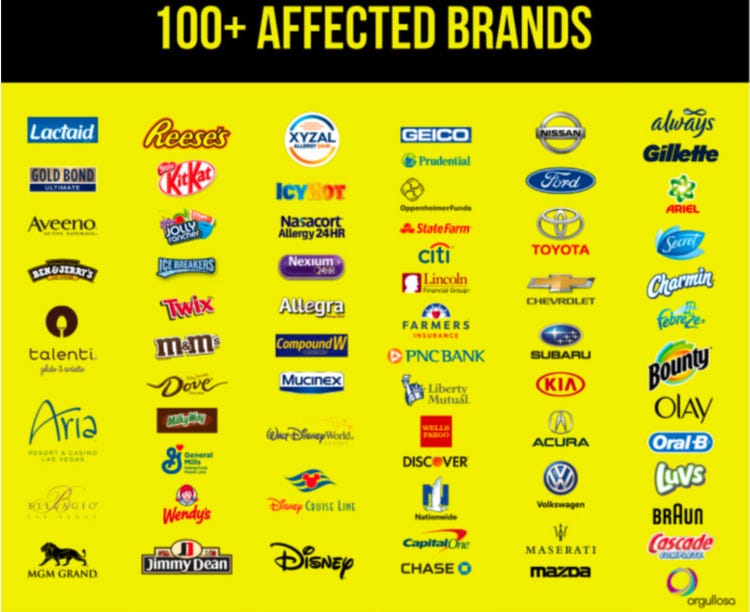310 Digital Media Scam?
This week, Buzzfeed published an exposé alleging that 301 Digital Media may have been involved in a scam designed to syphon off digital media ad dollars.
The type of scam said to have occurred in the piece is a bit different than the kinds that grab the headlines in the digital ecosystem today. Usually we hear about botnets and other sophisticated techniques for generating fake traffic. The kind described here isn't actually that technically challenging.
A group of sites said to be under the control of 301 Digital Media, or registered to companies with ties to 301 Digital Media CEO, Matt Arceneaux. Buzzfeed alleges that shell companies registered to Arceneaux's home address own many of the sites discovered to be involved the scam.
The way it works

A real human reader may be invited to read a post on celebday.com. While on the site, it may automatically redirect a person to a page at dailylulz.com. From there the user is automatically routed over to savvyplanet.com. Etc etc.
The user is automatically redirected in a continuous loop bouncing them from one site to another. All along the way, multiple ad units are showed to the user, and multiple videos are played with sponsors running in the form of preroll ads.
Of course, all parties involved (including Arceneaux) claim to have no knowledge of any wrong doing.
Where'd we go wrong?
What the article glosses over are the programmatic platforms that allowed this inventory to be sold via an SSP or DSP. There was clearly no review process or srubbing done by hand before approving these sites.
Some are clearly traffic farms offring no original content or content "borrowed" from other source.
There were certainly no planning meetings between agency and brand where sites like dailylulz.com were purposely added to a plan. Rather, this likely comes from a programmatic channel of sales.
Before using ultra technical means to detect this kind of misbehavior, there are a lot of intuitive and commonsensical ways to route activity out.
First, go and look at the sites!! It sounds like common sense, but you'd be shocked at how few sites are manually reviewed before being offered to join a network or SSP. If the content looks generic, unoriginal, or outright plagiarized, run. Do not pass go, do not add this domain as an approved seller.
Second, think to yourself, would you or literally anyone you know ever visit this site? If the answer is no, strike two.
Thirdly, if the traffic for a fishy looking site exceeds good common sense, stop. For example, am I to reasonably expect that similarhome.com gets millions of views a day? Ask every person you see tomorrow if they've ever heard of that site, and that will tell you all you need to know.
If you've ever worked as a content publisher, you know that longterm site growth is gradual. Sure, if you are lucky, you'll get some great traffic spikes along the way, but your total traffic increases gradually.
When you see a noname site all of a sudden get as much traffic on the books as a far more respected site, question it. Your Spidey sense should be peaking at this point.
Overall, the biggest drama here is not the fraud itself, but rather the fact that it may have come from an ad industry insider(s). In the grand scheme, the amount of media dollars said to have been targeted is likely far less than the $20 million claimed by the article. As a percentage of overall ad traffic in North America, it is a distant rounding error.
However, it is the betrayal, the shell companies, and the overall shadiness that has blown away many of us in the business.
Support Independence
Getting the FREE AdLingo newsletter supports independent commentary, education, and insight into digital advertising.







